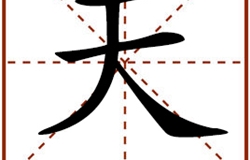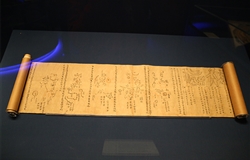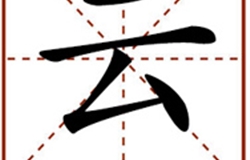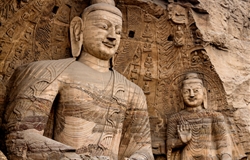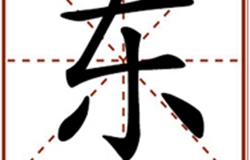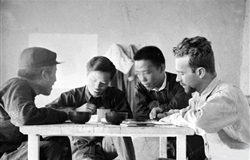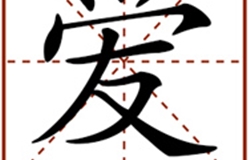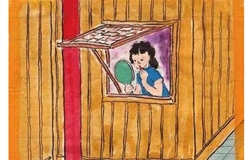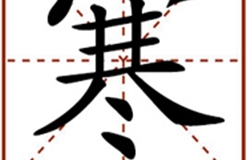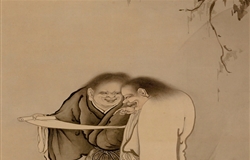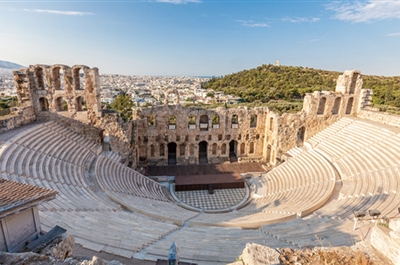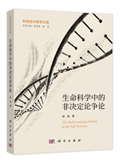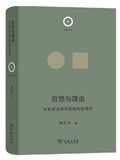Culture
-
The Dunhuang Star Chart is one of the first known graphical representations of stars from ancient Chinese astronomy, dated to the Tang Dynasty. It…[详细]07-29-2020
-
The seated Buddha in Cave 20 at Yungang Grottoes Photo: 699PIC The massive Yungang Grottoes complex extends approximately 1 km from east to…[详细]07-22-2020
-
Edgar Snow in a Communist base in Northern Shaanxi in 1936 Photo XINHUA In July 1936, after a number of mishaps, the American journalist Edgar…[详细]07-15-2020
-
“I’m reading manuscripts while Meitang is teaching a song to our granddaughter” (above), “My first glimpse of Meitang after…[详细]07-08-2020
-
A detail from “Hanshan and Shide” (known in Japan as Kanzan and Jittoku) by the Japanese painter Hashimoto Gahō (1835–1908). H…[详细]07-01-2020
- In 221 BCE, the Qin wars of conquest brought an end to the Warring States Period, a tumultuous era marked by…MORE
- The tradition of painting coffins is deeply rooted in Han culture, and the origin of the lian-bi patterns ca…MORE
- China’s Great Wall dates back as early as to the Spring and Autumn period.MORE
- The Miaodigou culture was viewed as the heyday of painted pottery.MORE
- Xu Zhimo was known for his efforts to set Chinese poetry free from the constraints of its traditional forms,…MORE
-
Let me state that I am against a certain “apologetic” stance taken by the entire field of the humanities r…[详细]

